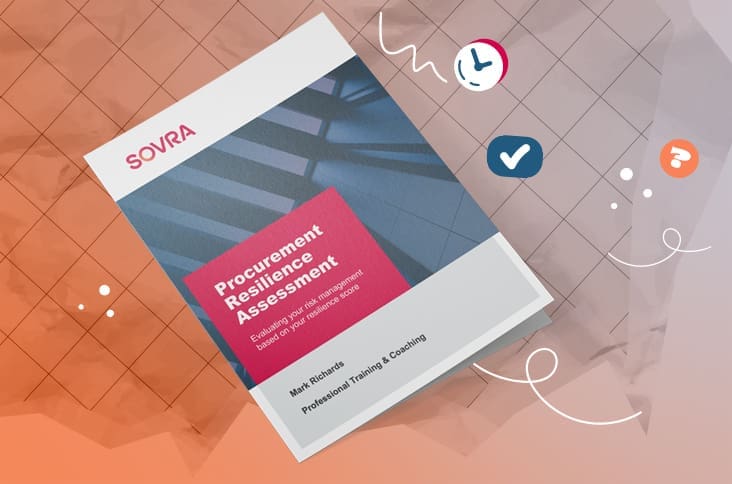
Public Procurement Risk and Volatility Survival Guide: Navigating Uncertainty with Confidence
May 15, 2025Surviving Procurement Risk in the Public Sector: A Strategic Guide
Procurement risk is now a central issue for public procurement professionals navigating tariffs, changing regulations, and supply chain disruptions. In an environment where even minor instability can derail long-term government contracts, having a proactive plan for managing uncertainty in public tenders is critical.
Wondering how prepared your team really is? This overview breaks down top procurement risks and shows you how to assess your own resilience.
Procurement Risk Management Starts with Awareness and Action
From sourcing delays to compliance gaps, risks in government procurement are on the rise. Here are the most common challenges in public procurement today and how to tackle them:
- Sourcing Risks: Geopolitical instability, inflation, and limited vendor options can disrupt supply chains. Global risks like economic instability and geopolitical tension continue to threaten supply chains worldwide. Using supplier risk assessment tools and diversifying your vendor base can help avoid over-reliance.
- Government Contract Risks: Policy changes, leadership shifts, or economic volatility can disrupt awarded contracts. It’s best to design flexible contracts and monitor for changes in legislation or funding.
- Procurement Compliance and Fraud: Strict regulations and fraud risks create a need for greater oversight. Invest in procurement fraud prevention tools and automated compliance tracking to get the visibility you need.
- Supply Chain Risk Management: Natural disasters, pandemics, or shipping delays can paralyze delivery timelines. To combat this, build local backup sourcing options and analyze supplier dependencies.
- Tendering Process Risks: Unclear RFPs or poor evaluation criteria can result in failed or contested awards. But improving procurement process templates and standardizing scoring systems will help with this challenge.
Best Practices for Mitigating Procurement Risk in the Public Sector
Resilience in government supply chains requires more than contingency planning. It demands a proactive, strategic shift in the way government teams approach risk.
One of the most powerful tools in that shift is data. Leveraging procurement data helps teams make informed decisions about everything from supplier performance and contract effectiveness to sourcing timelines and risk exposure. By analyzing past performance and current trends, procurement leaders can better forecast volatility, identify early warning signs, and prioritize areas that need immediate attention.
Here are some procurement strategy optimization steps we recommend you consider:
- Conduct regular supplier risk assessments to uncover vulnerabilities
- Forecast for volatility in government contracts using historical data and scenario planning
- Apply contract management best practices to streamline oversight and improve outcomes
- Educate stakeholders on procurement compliance and fraud red flags
- Modernize systems to reduce tendering process risks and speed up timelines
- Create internal risk registers that flag recurring issues across projects
Strengthening Resilience Against Procurement Risk and Volatility
We know it’s impossible to eliminate risk, but you can at least get ahead of it. Public procurement leaders must shift from reactive firefighting to proactive planning. By embedding resilience into every phase of the procurement process, governments can stay ahead of disruptions and deliver stronger outcomes for their communities.
To take action internally, learn more about how you can modernize your procurement processes in our blog. And if you’re considering funding options for transformation, our Fee Optimization Program outlines how agencies can offset costs while expanding capacity.
Assess Your Procurement Risk Readiness Today
Want to find out how your organization stacks up? Take our free Procurement Resilience Assessment to evaluate your risk exposure, supplier strategy, and process strength.
